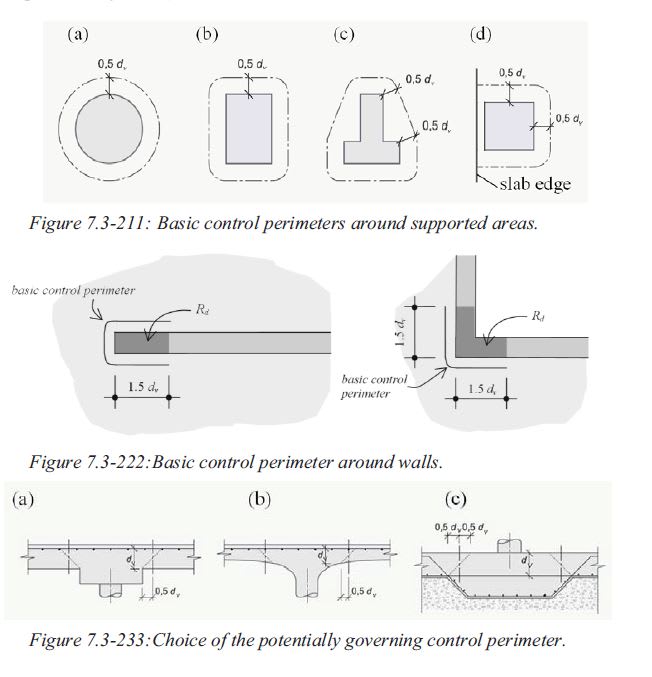wcfrobert
Structural
- May 24, 2017
- 17
Hi All,
This topic has been bothering me for the past few weeks. What are your thoughts about punching shear check at wall ends and wall corners?
The CSA and ACI codes are strangely silence on this subject. Personally, I don't see how the slab can punch through at just the wall ends? What's the failure like? Does it "zipper" across the length of the wall?
I'm getting different answers from the senior engineers at the office. some uses (t+2d) for the influence length, others use (2t). Apparently, these cases require some engineering judgement (which is something I dread as a junior...)
I recently came across the Model Code 2010, which specifies 1.5d for the influence length. Do you guys think this requirement is a little too extreme? If I have a 200 slab, the equivalent column at a shaft corner would be 216x216 (bo=576mm)... that seems ridiculously conservative.
How do you guys deal with these cases?
Thanks!
RW
This topic has been bothering me for the past few weeks. What are your thoughts about punching shear check at wall ends and wall corners?
The CSA and ACI codes are strangely silence on this subject. Personally, I don't see how the slab can punch through at just the wall ends? What's the failure like? Does it "zipper" across the length of the wall?
I'm getting different answers from the senior engineers at the office. some uses (t+2d) for the influence length, others use (2t). Apparently, these cases require some engineering judgement (which is something I dread as a junior...)
I recently came across the Model Code 2010, which specifies 1.5d for the influence length. Do you guys think this requirement is a little too extreme? If I have a 200 slab, the equivalent column at a shaft corner would be 216x216 (bo=576mm)... that seems ridiculously conservative.
How do you guys deal with these cases?
Thanks!
RW

